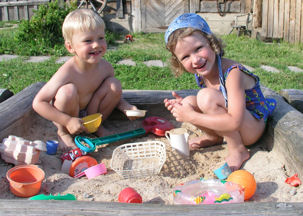 In early July the YMCA announced a name change to “the Y”. Following for-profit protocol they spent two years of analysis before launching their re-branding strategy. The Economist wrote an article titled “Profiting from non-profits” suggesting that sometimes the learning might flow best in the opposite direction – from non-profits to for-profits.
In early July the YMCA announced a name change to “the Y”. Following for-profit protocol they spent two years of analysis before launching their re-branding strategy. The Economist wrote an article titled “Profiting from non-profits” suggesting that sometimes the learning might flow best in the opposite direction – from non-profits to for-profits.
So many non-profits do an incredibly good job of growing deep relationships with all of their constituents – recipients, employees and donors. My job as a prospect researcher is such a joy because everything I do is about bringing donors and prospects closer to the organization. Not so many for-profits operate with such a successful emphasis on all of their relationships.
So tell me, what could the for-profit world learn from your organization?
 In the business world it’s called Customer Relationship Management or CRM. In fundraising we usually call it moves management or prospect tracking. Whatever we name our system, we use it to keep our prospects on track to a gift and to steward our donors to keep giving.
In the business world it’s called Customer Relationship Management or CRM. In fundraising we usually call it moves management or prospect tracking. Whatever we name our system, we use it to keep our prospects on track to a gift and to steward our donors to keep giving.  A relationship management system goes beyond moves management or prospect tracking. At the
A relationship management system goes beyond moves management or prospect tracking. At the